Evidence-Based Practice and Change Models in Healthcare
VerifiedAdded on 2022/12/26
|18
|981
|78
Report
AI Summary
This report provides a comprehensive overview of evidence-based practice (EBP) and change models, crucial for healthcare professionals. It begins by defining EBP and its significance in prioritizing patient values and clinician expertise. The report then explores various EBP models, including the Johns Hopkins EBP nursing model and the Settler and Iowa models, detailing their application in clinical settings. Furthermore, it examines change models such as the change curve model, Kotter and Cohen’s model, and the transtheoretical model of health behavior change, highlighting their role in implementing changes within healthcare systems. The report emphasizes the importance of these models in delivering effective patient care, formulating solutions to clinical problems, and overcoming barriers to implementing EBP. It concludes by underscoring the need for a supportive framework to facilitate the integration of theoretical concepts with evidence-based interventions and behavioral change strategies. The report references key studies and models to support its findings, providing a valuable resource for healthcare practitioners seeking to improve their practice.
1 out of 18
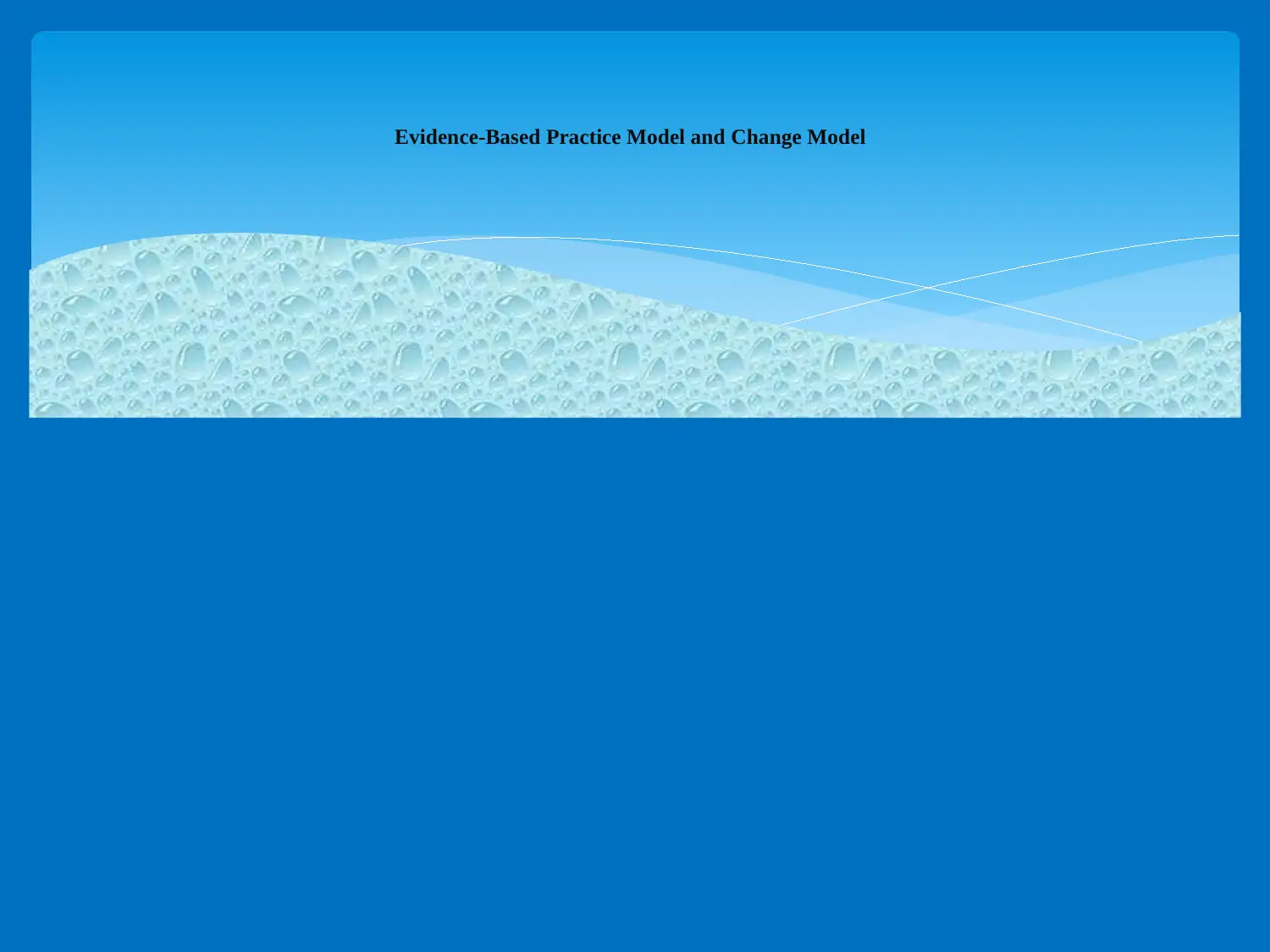
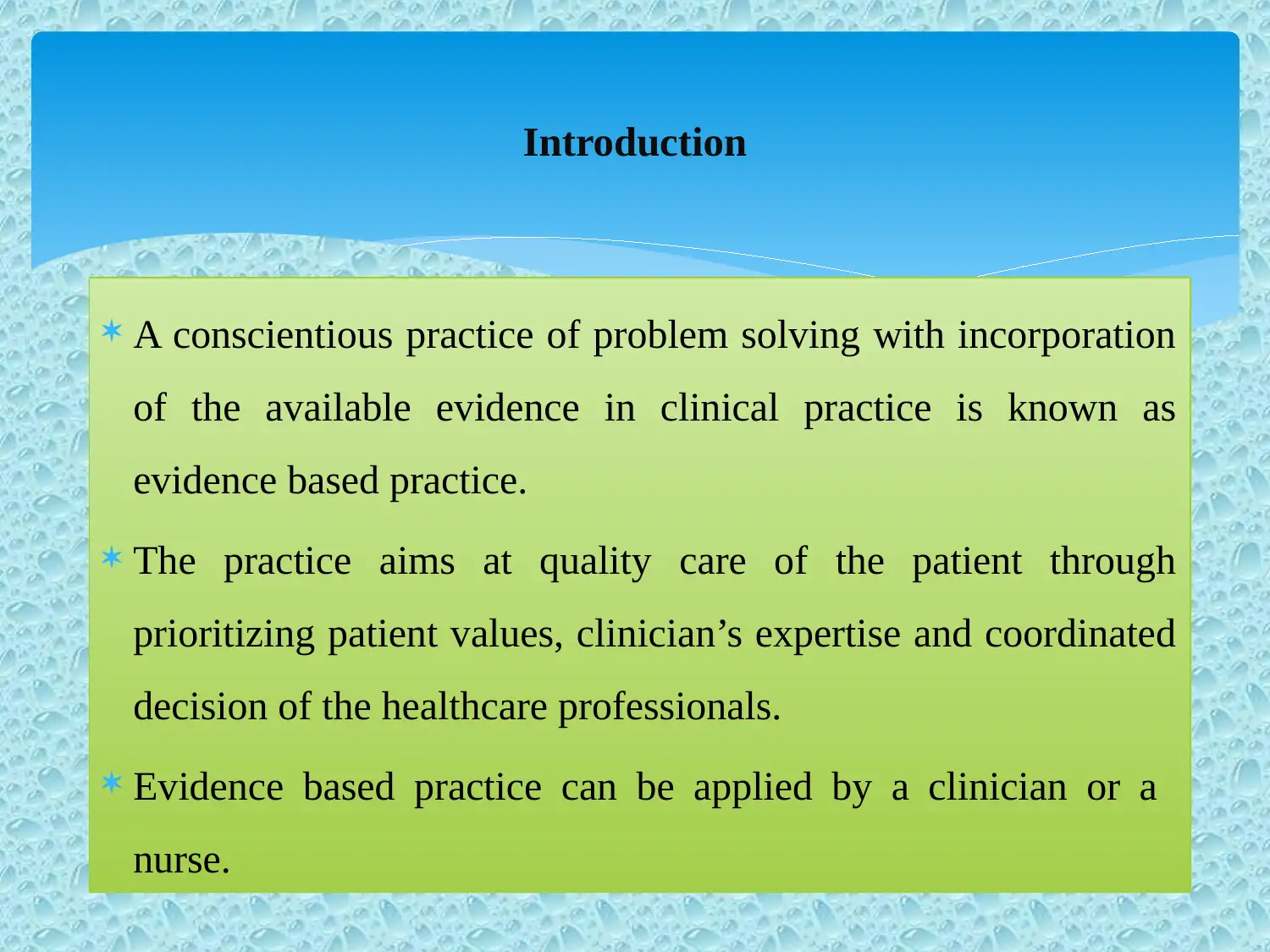
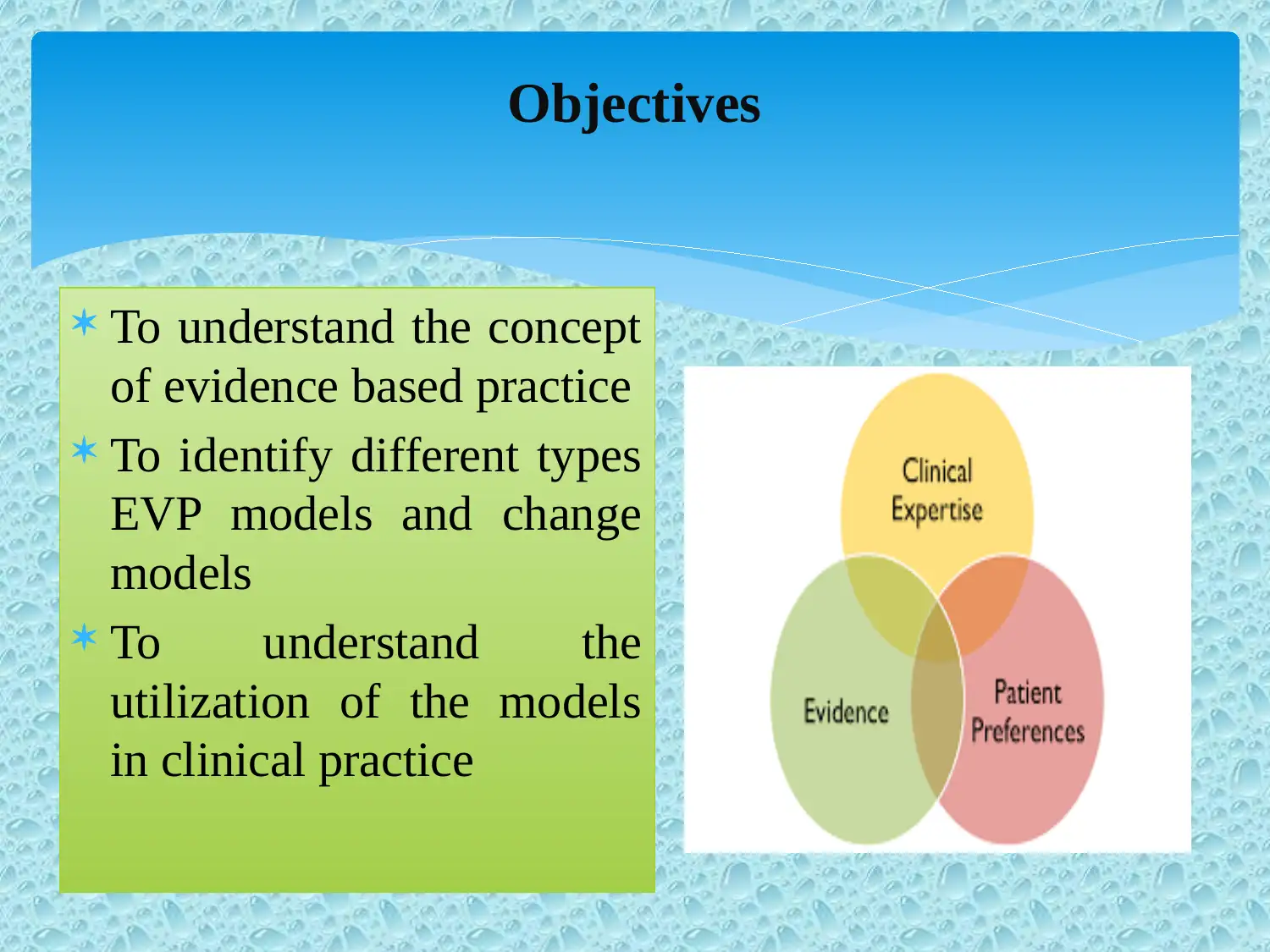

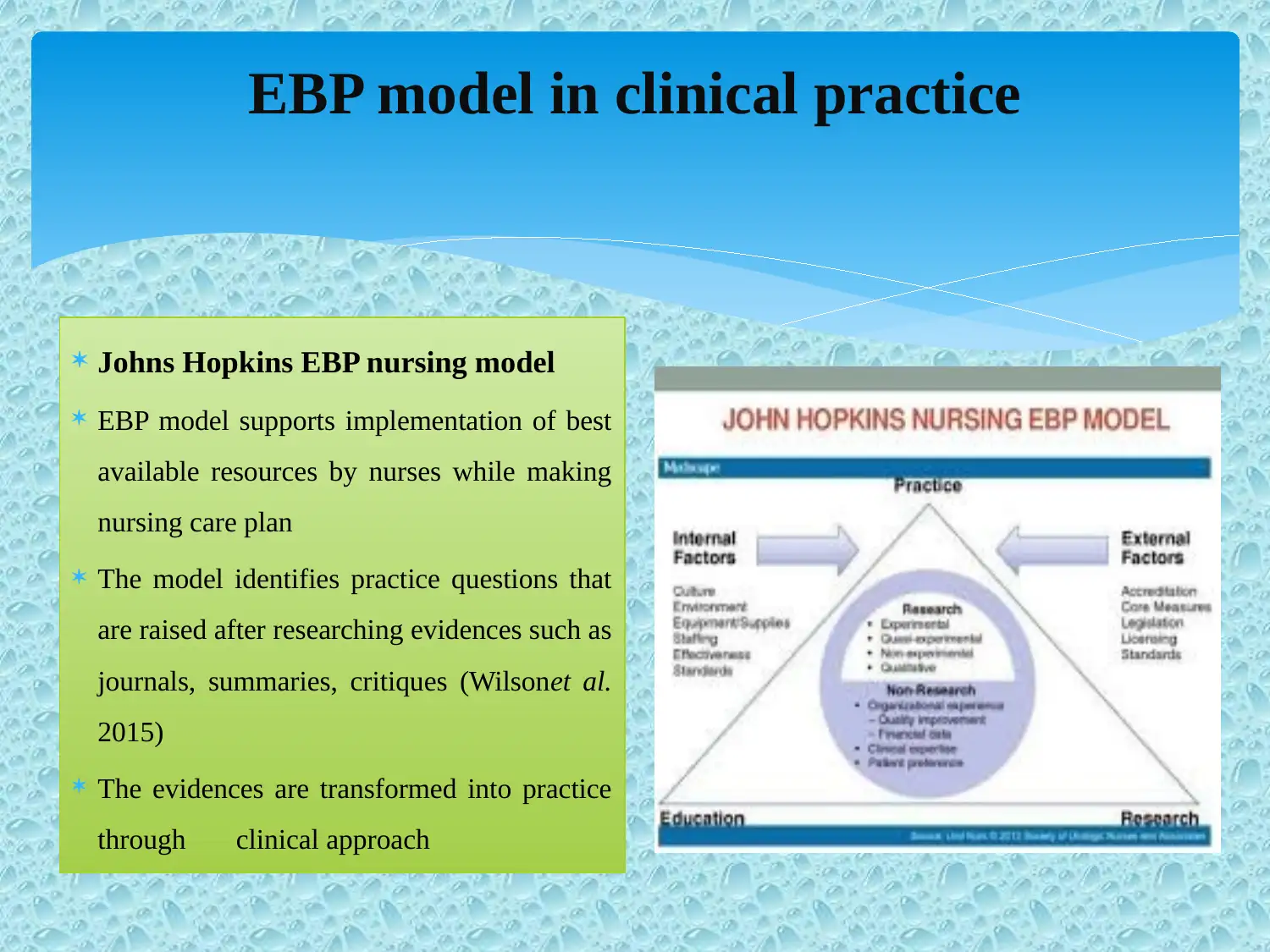
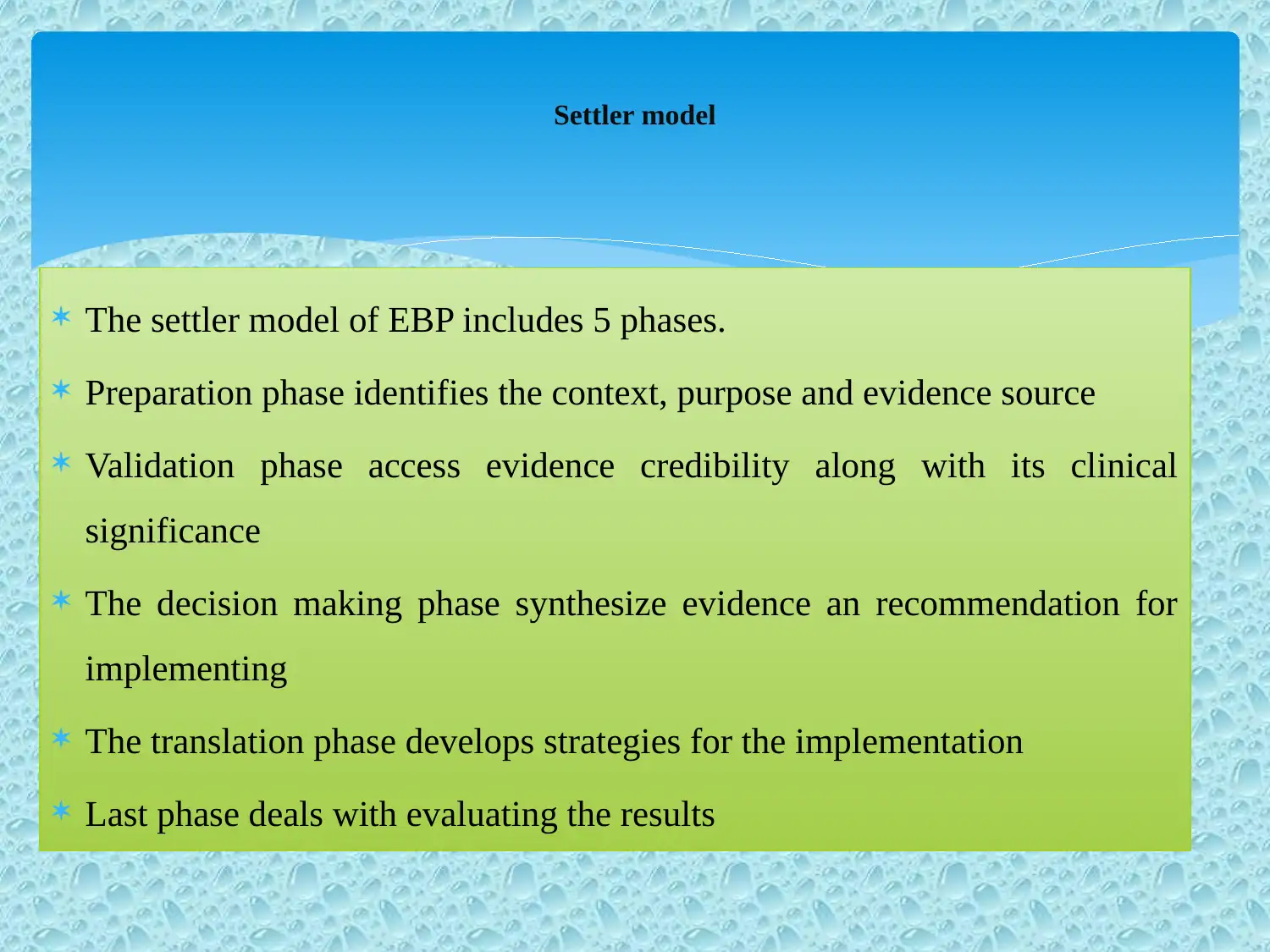
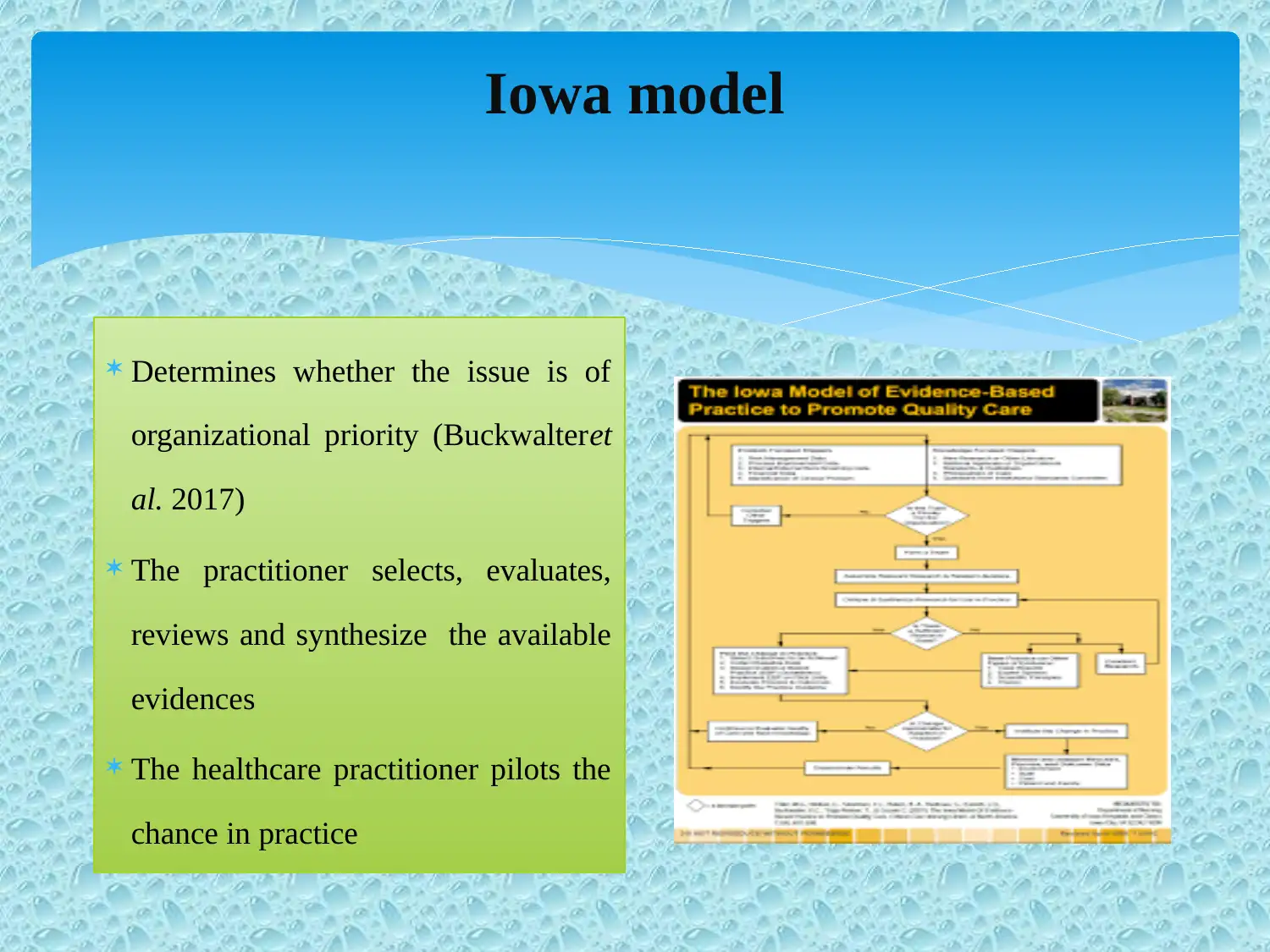
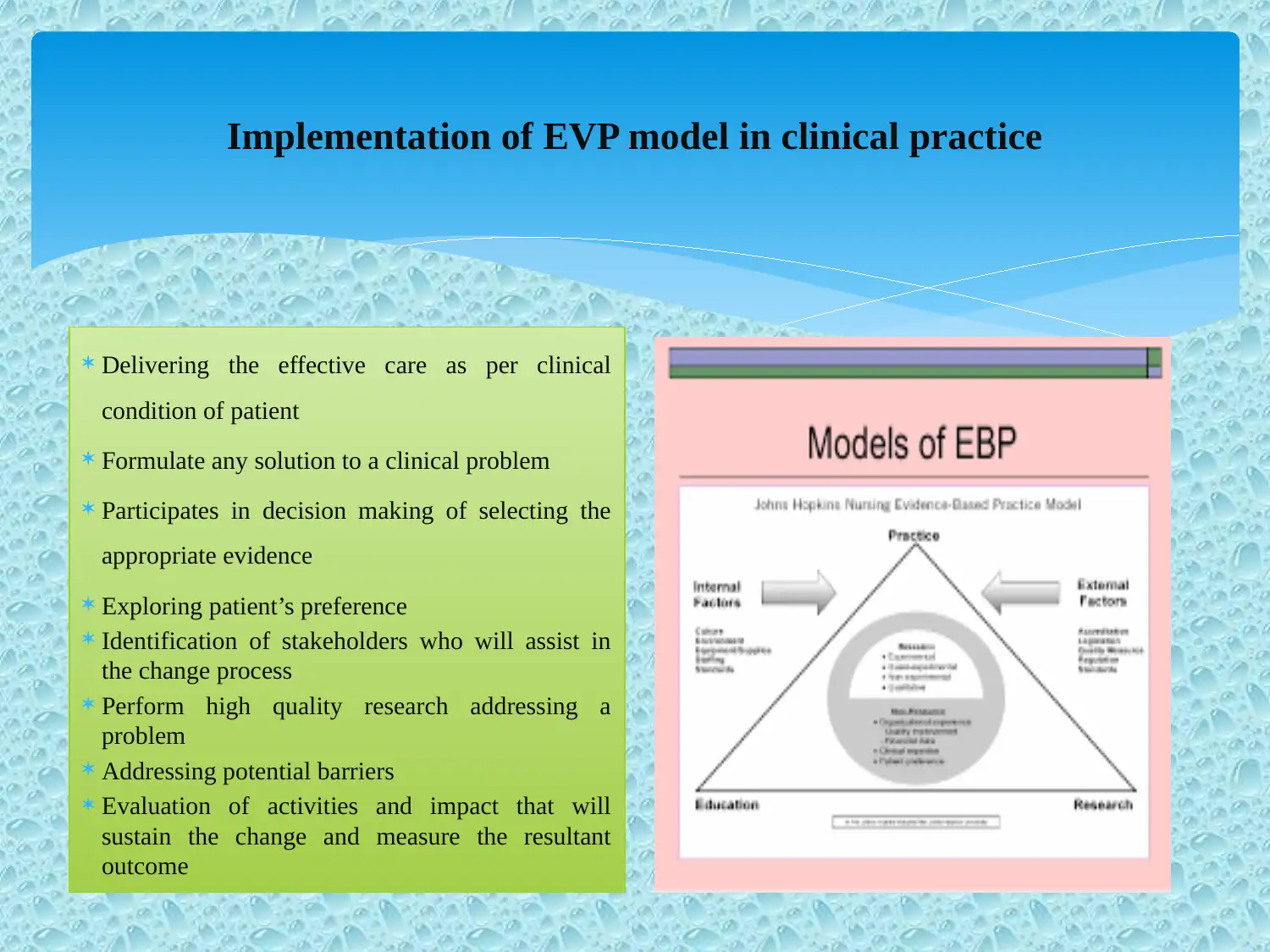
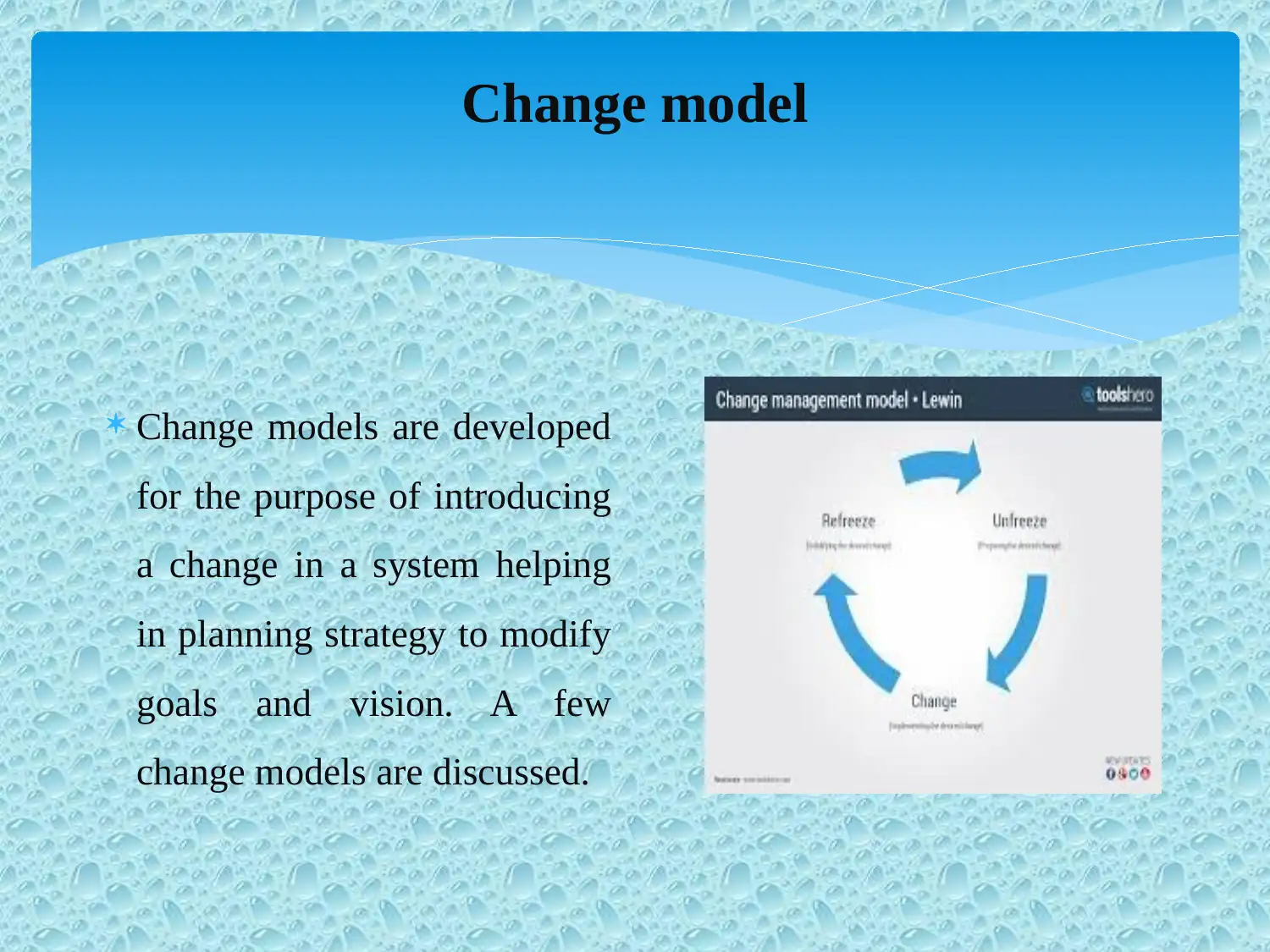
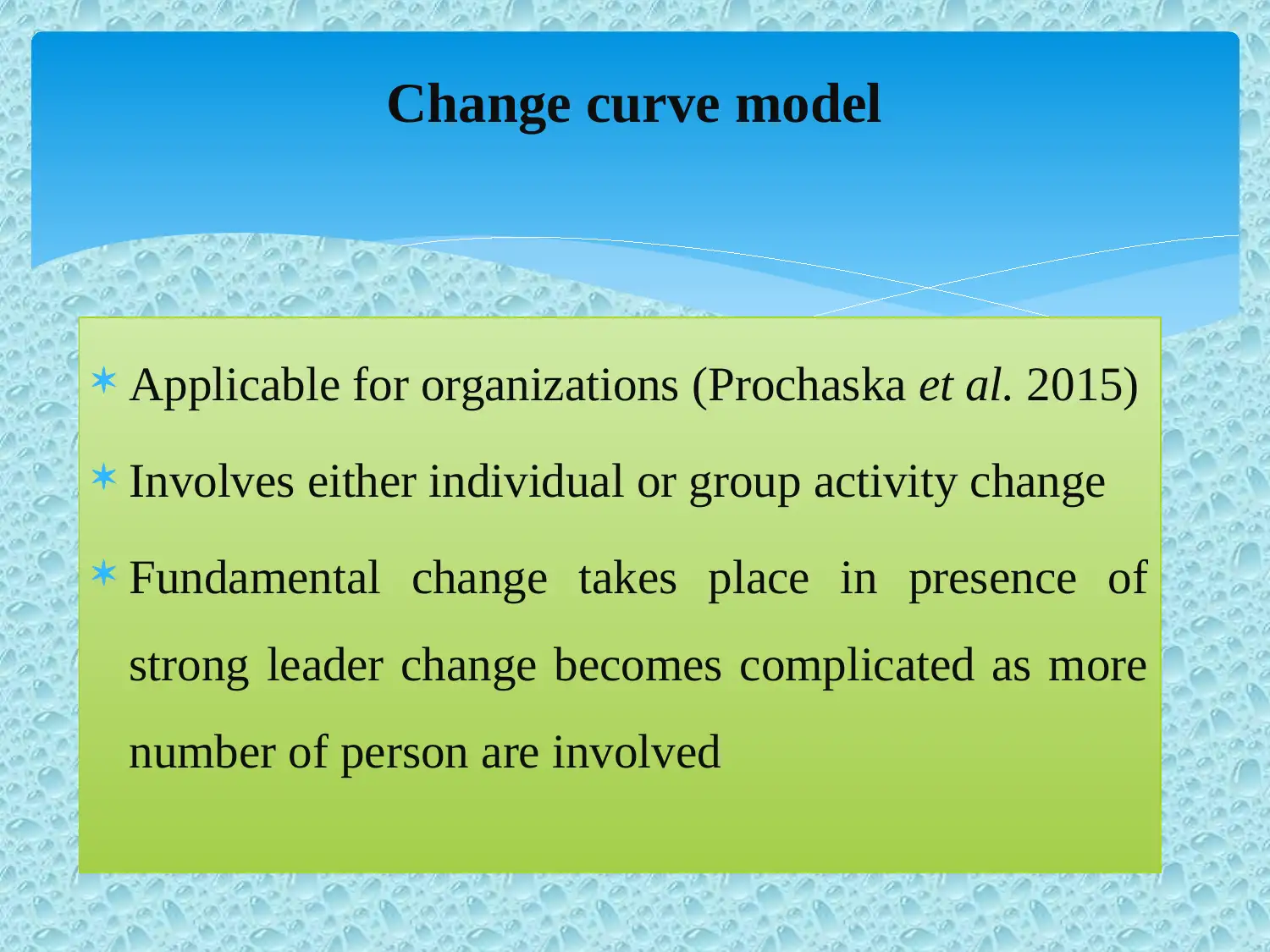
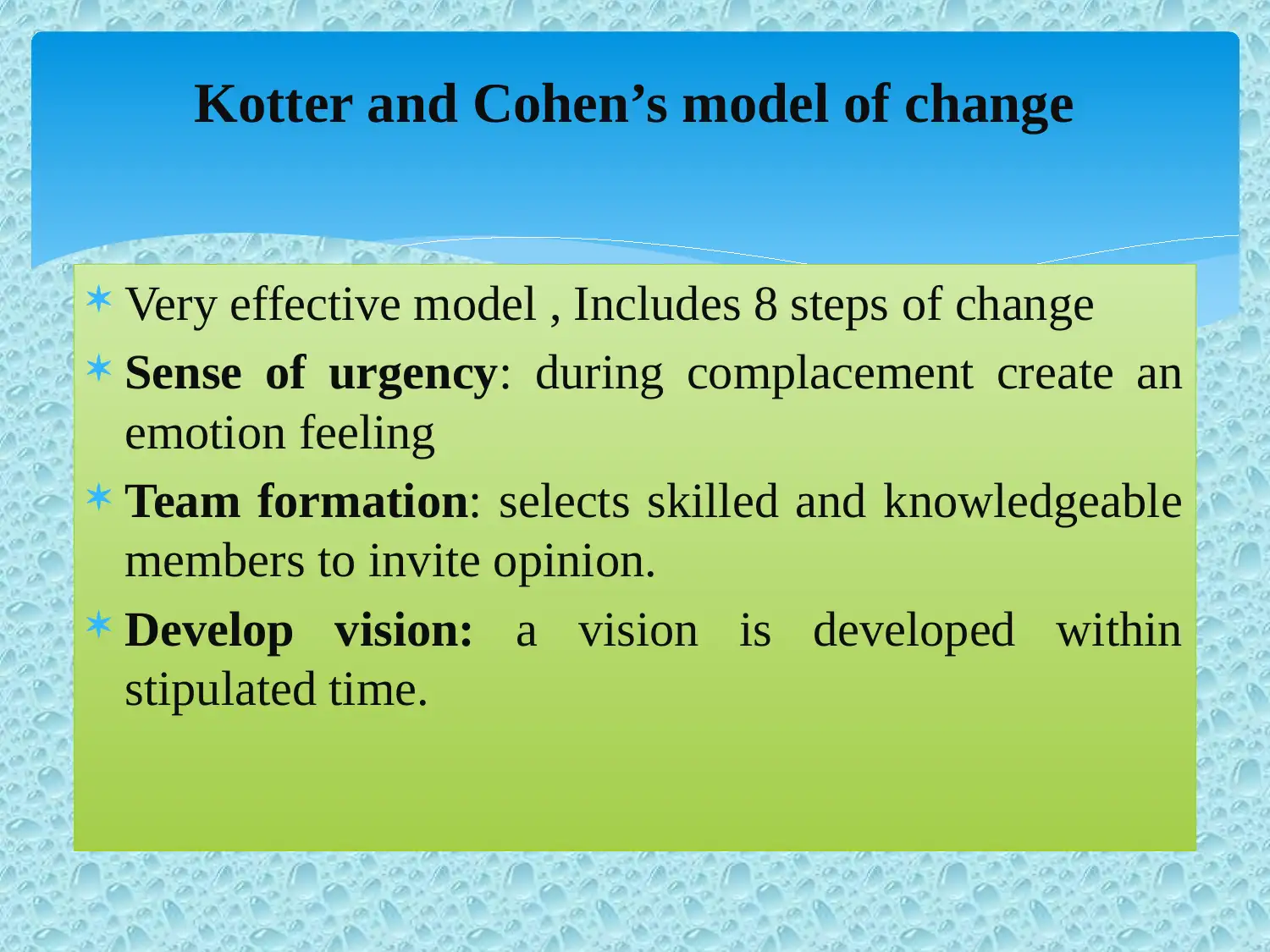
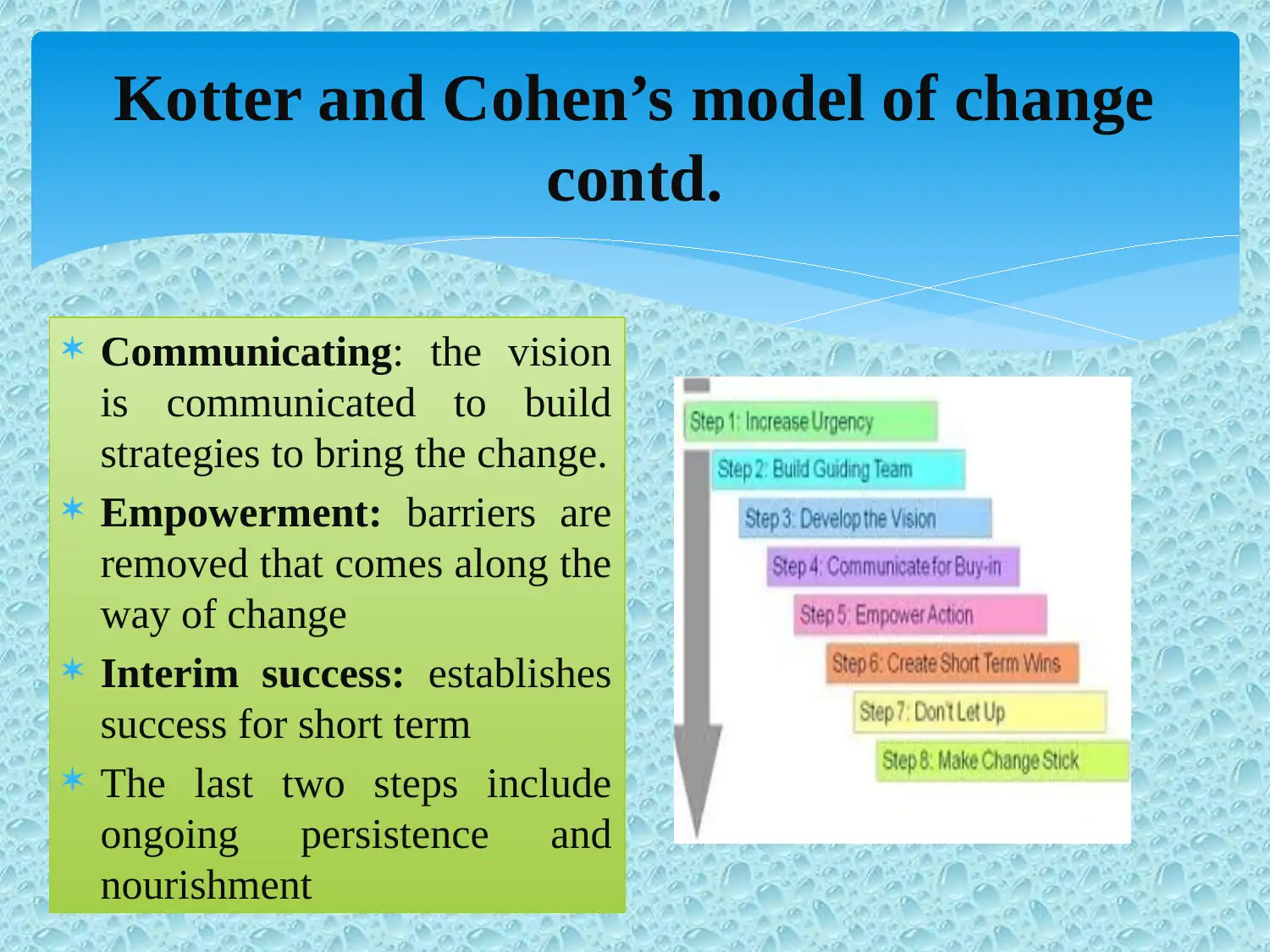
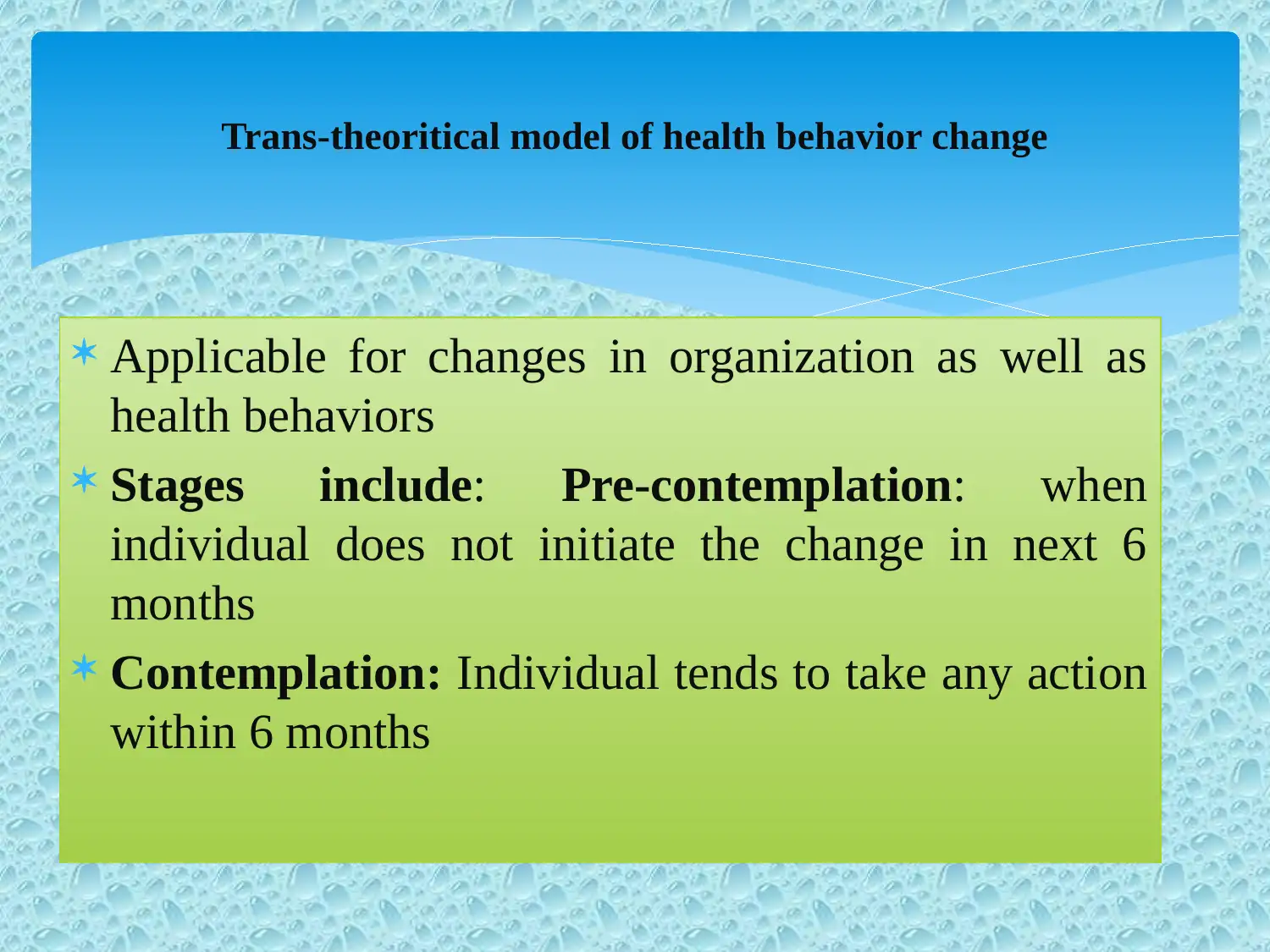






![[object Object]](/_next/static/media/star-bottom.7253800d.svg)